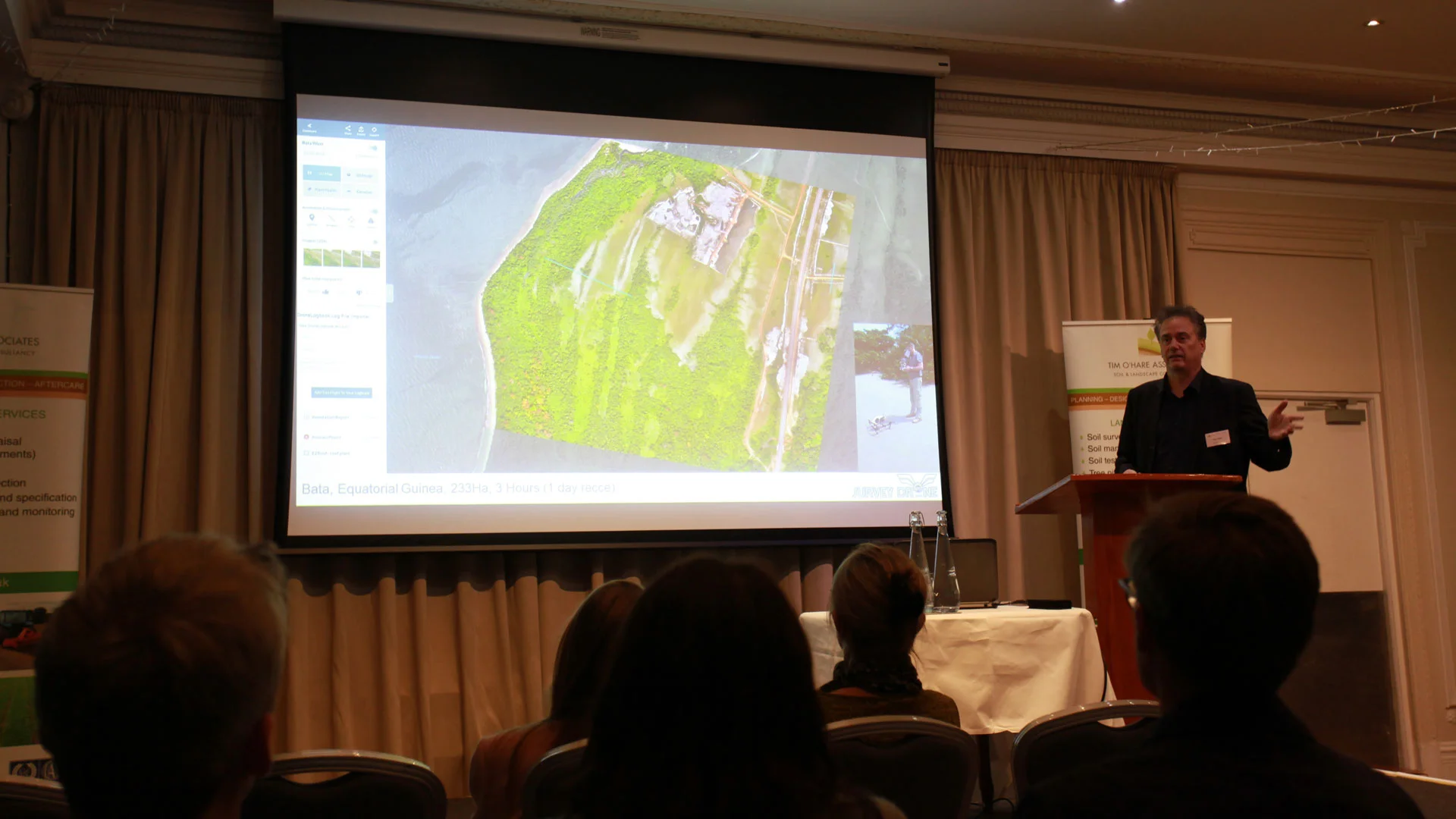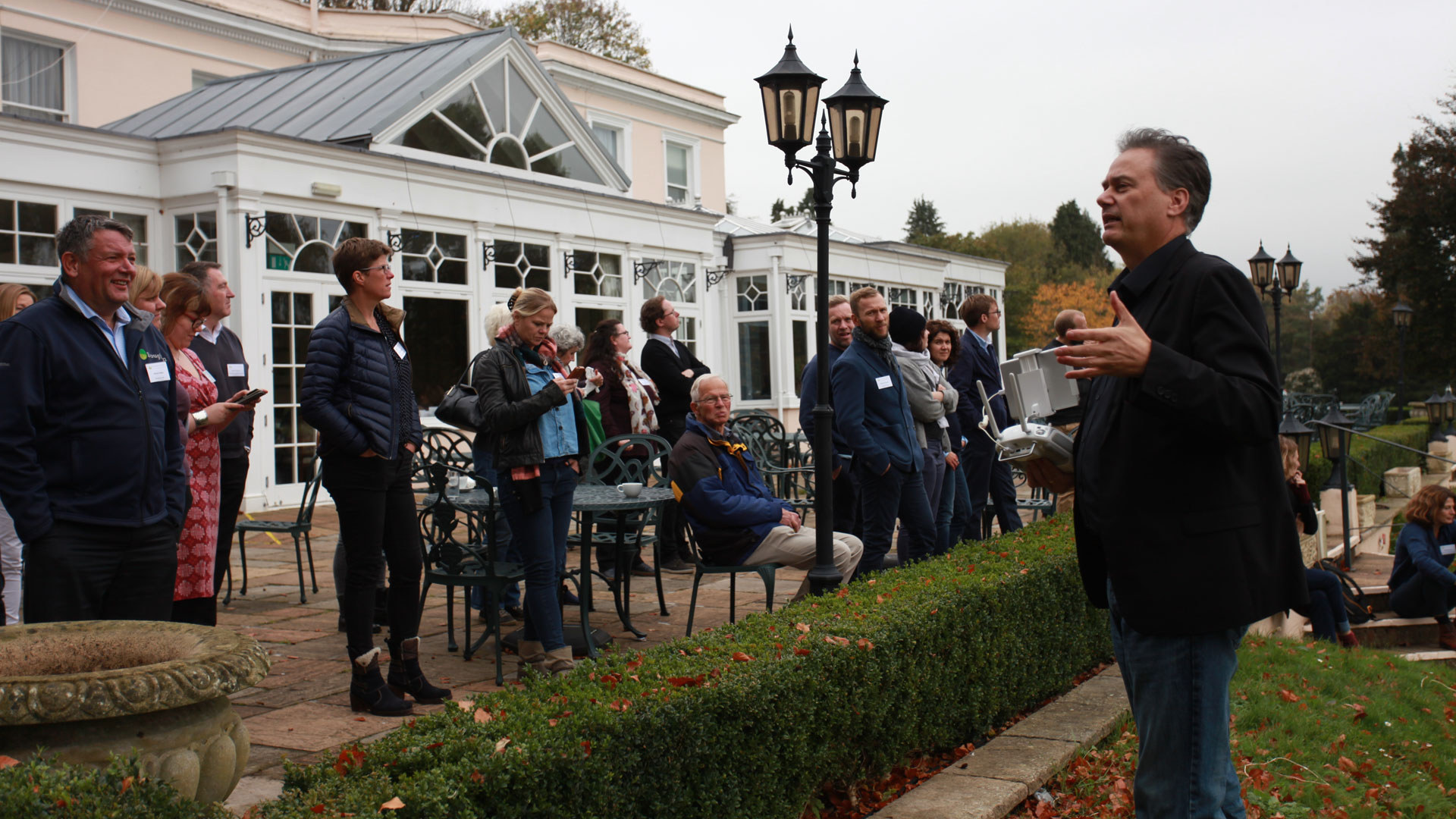The disruption to flights in and out of two major UK airports, has raised many questions around the use and adoption of drones in urban areas. In response, the CAA has ushered in dramatic new regulations to ban all non-approved drone flights within a 1 km radius of airports. This however will have little or no effect on those who continue to operate illegally, unregulated, or with malicious intent.
The disruption, which lasted more than 36 hours, in the case of Gatwick, highlights the lack of preparedness of the emergency services to deal with the potential threat of drones used in an illegal manner. What if the alleged incursion had been a drone operated with intention of carrying out a terrorist act? Would we, or should we accept 36 hours as an adequate response time in such a situation?
The confusion over the incident is likely to involve many factors, one being the lack of ADS-B (automatic dependent surveillance-broadcast) transponders. These transponders attach to the UAV’s and transmit information such as aircraft identification, location and velocity, to air traffic control. Without this information, the supposed sighting of the unauthorised drone, becomes harder to distinguish from that of the police one.
Following this, a Flight Information and Notification System (FINS) has been proposed, which promises to deliver better communication between drone users and relevant government bodies, and authorities are being given more power to issue fines for illegal drone use. ‘This is welcome news’, commented Peter Wilder, director of Survey Drone. ‘Tougher regulation and penalties will discourage hobbyists from competing for commercial work and encourage greater responsibility among companies wishing to obtain the services of UAV operators.’
Tougher regulation will not however remove the threat of rogue drone use, especially for the transportation of illegal substances into prisons, which is still rife despite geo-fencing measures first implemented by DJI in 2013. Therefore, it is very likely that we will begin to see a new sector emerge within the industry that deals with counter drone technology. This sector is already showing signs of rapid advancement with trade fairs such as U.T.Sec (Summit for Drones, Unmanned Technologies and Security) in Germany, focusing on drone surveillance and security systems.
With the expansion of drone use, it is inevitable that our police force and regulations need to keep in step with the pace of changing technology. UK police forces have been slow to adopt drone technology, but this is an area that is rapidly changing, with DJI reporting that drones were involved in the rescue of at least 65 people in the year 2017-2018. This data includes incidents such as a car crash in rural England, police were unable to locate the driver, after arriving to the scene in darkness. A thermal imagining drone was deployed, which located the man unconscious in a ditch. In incidents like this, when time is of the essence, UAVs can be quickly mobilised and get to the site within minutes.
Like all drone operators we are excited by the opportunities that are currently developing within the sector, but equally discouraged by the level of negative press that incidents, like the ones at Gatwick and Heathrow, attract. Hopefully, the industry will be as quick to adapt as the technology has, and that we will continue to see the drone services sector mature as a profession.




















